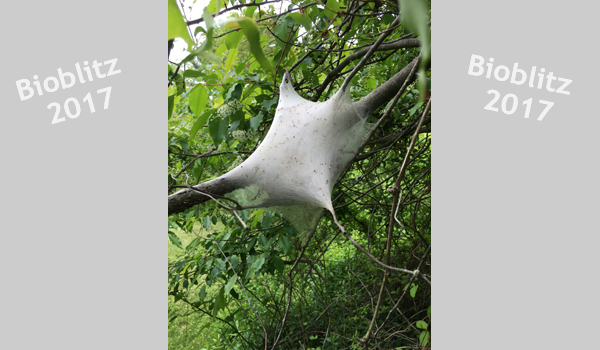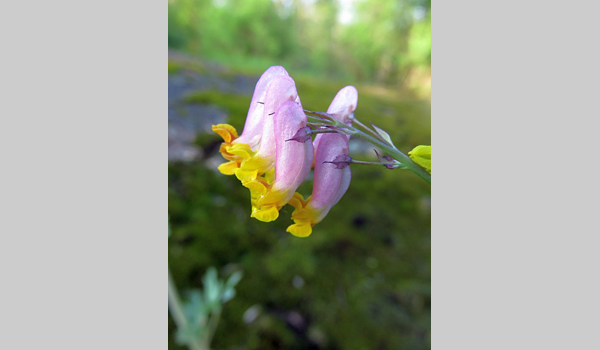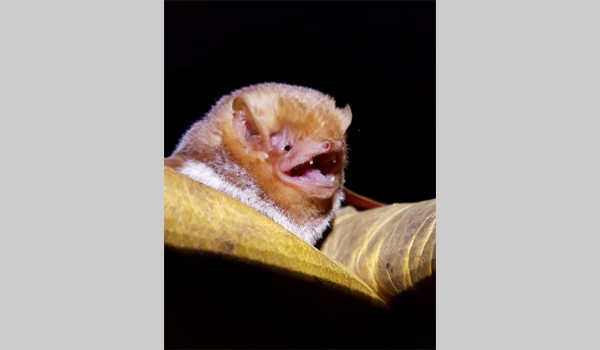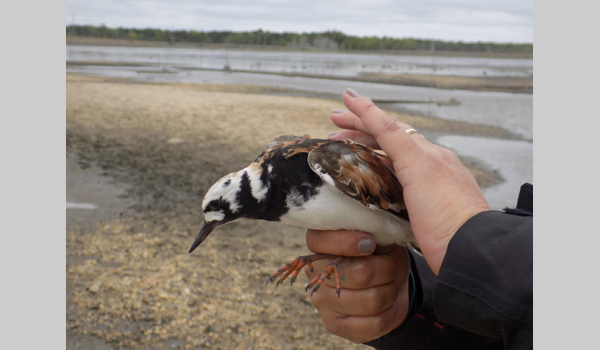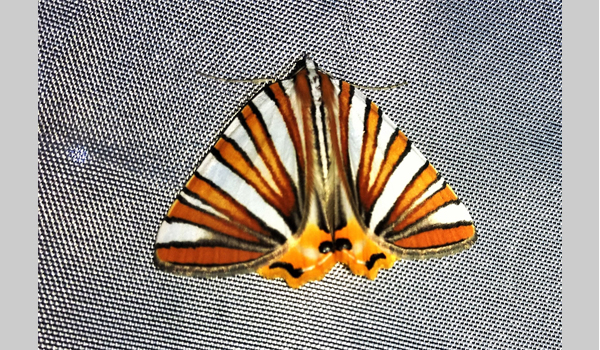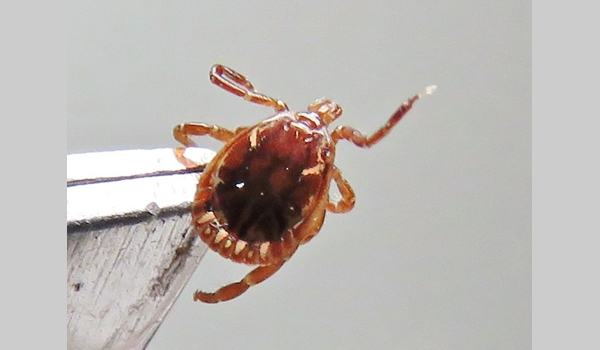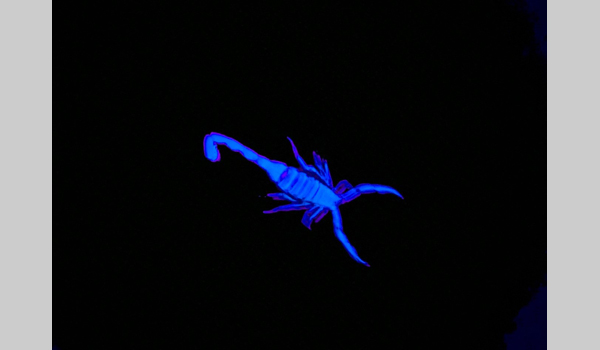View All Our Observations and Species List for Personal Bioblitz Spring 2017
Personal Bioblitz Spring 2017 Results
(report by Lena Struwe, 6/1/17)
The Spring 2017 Personal Bioblitz ran between March 1 and May 15, 2017, for the fourth year in a row. Participants reported in any wild or naturalized species they saw any place in the world during this time period. Observations were uploaded to a project on iNaturalist using an smartphone app or website application. The iNaturalist website functions as a forum and database for help with species identification, storage of photos, mapping of locations, and automatic creations of species lists, both for each participant and for the project as a whole. The observations are also adding to the global depository of species observation data that is available to researchers and citizen scientists worldwide. This project was sponsored by the Chrysler Herbarium at Rutgers University, and most participants are from the Department of Ecology, Evolution, and Natural Resources at Rutgers University.
Cumulative Results for 2017 Project
(Please note that the species count on the iNaturalist PROJECT HOME PAGE is incorrect for 2017; this report uses corrected numbers.)
OBSERVATIONS: The number of observations this year shattered the previous record for The Personal Bioblitz - 20823 observations were added to the project in 2017. 12572 observations were reported in 2016, and in 2015 we had 11871 observations, so this is an astonishing new record, and an increase with 165%.
SPECIES: We also saw more species than ever before. The new record is 4874 unique, wild or naturalized species (=taxa), increasing the old record with over 1400 species. In 2016 we saw 3437 species, and in 2015 slightly fewer (3347) species were seen.
OBSERVATIONS per PARTICIPANT: In 2017, participants reported 1 to 4907 observations each. The largest number ever recorded by a participant in a Personal Blitz was increased to 4907 observations uploaded by Sara Rall. This represents an average over 65 observations per day, for 76 days straight. This is several magnitudes larger than anybody else ever in a Personal Bioblitz. So a new very impressive record, again, congratulations Sara!
SPECIES per PARTICIPANT: The participants this year reported seeing 1 to 830 species each, with Annika Lindqvist from Texas being the record holder for 2017. The current record for most species by a single participant is held by Claus Holzapfel with 1001 species (from the Personal Bioblitz 2016). In 2014, when the Personal Bioblitz included all everyday species, not only wild and naturalized ones, the highest number of species seen by anybody was 1126 species, and was reported in by Eva Hedström.
PARTICIPANTS: This year, we had 55 active participants reporting observations to the iNaturalist project page: 14 Rutgers alumni, 6 Rutgers staff and faculty (including retired), 14 friends of Rutgers people and/or Personal Bioblitzers, 7 Rutgers graduate students, 1 family member, and 13 Rutgers undergraduates. In 2015 we had 80 participants; in 2016 we had 76 participants. Interestingly, in 2017, 14 additional participants signed up but never joined the iNaturalist project, 4 signed up and joined the project but didn't add any observations, and 6 people joined the iNaturalist project but never filled in the sign-up form so had to be removed from the iNaturalist project in the end. So the number of participants involved or showing an intention to be involved this year was 79, which is about the same as the last two years.
IDENTIFIERS: Observations uploaded on iNaturalist are visible to everyone, and the iNaturalist community has helped identified our Personal Bioblitz species. During the bioblitz, 657 iNaturalist users helped to identify the participants observations. The top identifier is Sara Rall (2965 identifications), with user tsn not too far behind (2272 identifications).
Most Species* Seen by Person
* = Taxa; higher ranks count too for organisms that couldn't be identified to species level (number of taxa in parenthesis after winner's name)
Top ten overall for species:
- Annika Lindqvist (830) [physician from Texas]
- Eva Hedström (685) [field biologist/chemist from Sweden]
- Sara Rall (672) [citizen scientist from New Jersey]
- Torbjörn Peterson (580) [herpetologist from Sweden]
- John Beetham (502) [citizen scientist from New Jersey]
- Lena Struwe (481) [botanist at Rutgers University, NJ]
- Ashley Goncalves (470) [undergraduate student at Rutgers University, NJ]
- Tyler Christensen (459) [undergraduate student at Rutgers University, NJ]
- Julie Tuttle (452) [ecologist at University of North Carolina, NC]
- Claus Holzapfel (451) [plant ecologist at Rutgers University, NJ]
| Category (no. participants) | 1st Place | 2nd Place | 3rd Place |
|---|---|---|---|
| Undergraduate students (13) | Ashley Goncalves (470) | Tyler Christensen (459) | Brianna Magner (144) |
| Graduate students (7) | Joni Baumgarten (271) | Ariel Kruger (125) | Natalie Lemanski (97) |
| Staff, faculty (including retired; 6) | Lena Struwe (481) | Claus Holzapfel (451) | Hadas Parag (239) |
| Friends (14) | Annika Lindqvist (830) | Sara Rall (674) | Torbjörn Peterson (580) |
| Family (relatives; 1) | Eva Hedström (685) | ||
| Alumni (14) | John Beetham (502) | Jason Hafstad (273) | Brionna Primiani (222) |
We have some brand-new names in the winner lists that joined the Personal Bioblitz for the first time (Ashley Goncalves, Undergraduate winner, just barely winning over Tyler Christensen; Annika Lindqvist, Friends winner; and John Beetham, Alumni winner). Last year Joni Baumgarten came in second in the graduate student category, this year she won it handily (probably because Nicholas Pollock didn't join this year, he won that category in 2014 to 2016). As usual there was a tight race between the two faculty members Lena Struwe and Claus Holzapfel, which was just barely won by Lena Struwe this year. The Family category had a single participant, Eva Hedström, who assembled an impressive number of species, and easily won over her sister Lena Struwe. Friends includes a broad assembly of friends of participants at Rutgers, some are faculty at other universities, others nature lovers and citizen scientists. Annika Lindqvist from Texas won this category with 830 species.
It is interesting to note that two groups are over-represented among the winners; women and Swedes. Sixty-nine percent (11 out of 16 top three winners) are women, and four are living in or born in Sweden (Hedström, Lindqvist, Peterson, Struwe). Clearly a self-selected bias among species-loving participants, but for reasons so far unknown.
Most Observastions Seen by a Person
(number of observations in parenthesis after winner's name)
Top ten overall for observations:
- Sara Rall (4,907) [citizen scientist from New Jersey], 24% of all observations!!!
- Annika Lindqvist (1,928) [physician from Texas], 9% of all observations
- Eva Hedström (1,275) [field biologist and chemist from Sweden], 6% of all observations
- Torbjörn Peterson (1,131) [herpetologist from Sweden]
- John Beetham (962) [citizen scientist from New Jersey]
- Susan Hewitt (954) [malacologist from New York, NY]
- Erik Danielson (822) [citizen scientist from Staten Island, NY]
- Lena Struwe (816) [botanist at Rutgers University, NJ]
- Julie Tuttle (596) [ecologist at University of North Carolina, NC]
- Alan Weakley (560) [botanist at University of North Carolina, NC]
| Category (no. participants) | 1st Place | 2nd Place | 3rd Place |
|---|---|---|---|
| Undergraduate students (13) | Ashley Goncalves (512) | Tyler Christensen (477) | Brianna Magner (150) |
| Graduate students (7) | Joni Baumgarten (536) | Ariel Kruger (171) | Natalie Lemanski (134) |
| Staff, faculty (including retired; 6) | Lena Struwe (816) | Claus Holzapfel (457) | Hadas Parag (246) |
| Friends (14) | Sara Rall (4907) | Annika Lindqvist (1928) | Torbjörn Peterson (1131) |
| Family (relatives; 1) | Eva Hedström (1275) | ||
| Alumni (14) | John Beetham (962) | Jason Hafstad (419) | Shenhao Yao (341) |
Geography of Observations
UNITED STATES: We reported 16023 observations from the United States (77%), and of these most (8922l, 43% of total) were from New Jersey. We also had observations from 19 other states in USA: Alabama, Arizona, California (3% of total), Connecticut, Delaware, DC, Florida, Louisiana, Maryland, Massachusetts, Minnesota, New York, North Carolina, Pennsylvania, South Carolina, Tennessee, Texas (9% of total), Virginia, Washington)
INTERNATIONALLY: We had observations from 12 countries on 7 continents: Belgium, Costa Rica (10%), Ecuador, El Salvador, Ethiopia (5%), Israel (1%), Japan, Palestine, St. Kitts and Nevis (2%), Spain, Sweden (2%), Switzerland (2%), United Kingdom, and USA (77%).
Taxonomic Data for Observations
Most observed species - they are not all birds this year!
- Garlic mustard (110 observations) - Alliaria petiolata, flowering plant
- Common dandelion (107 observations) - Taraxacum officinale, flowering plant
- Mugwort (91 observations) - Artemisia vulgaris, flowering plant
- Multiflora rose (87 observations) - Rosa multiflora, flowering plant
- Common greenshield lichen (87 observations) - Flavoparmelia caperata, lichen
- Japanese honeysuckle (82 observations) - Lonicera japonica, flowering plant
- Poison ivy (81 observations) - Toxicodendron radicans, flowering plant
- American Robin (77 observations) - Turdus migratorius, bird
- Wild garlic (75 observations) - Allium vineale, flowering plant
- Hairy bittercress (70 observations) - Cardamine hirsuta, flowering plant
- Eastern Gray Squirrell (68 observations) - Sciurus carolinensis, mammal
- Common chickweed (68 observations) - Stellaria media, flowering plant
- Eastern red cedar (66 observations) - Juniperus virginiana, conifers
- Black cherry (66 observations) - Prunus serotina, flowering plant
- American beech (63 observations) - Fagus grandifolia, flowering plant
In 2016, the top five species were all birds, with American Robin being the most reported species, and Canada Goose, Mallard, House Sparrow, and Northern Cardinal not far behind. The list looks very different this year, which a preponderance of plants at the top of the list. This is likely to two facts: 1) participant Sara Rall documented the species she saw on her daily hikes, 2) this year we did not do any extra-credit class work as part of participation, so there were fewer undergraduates involved in the project. Last year, many undergraduates reported the most easily seen birds in New Jersey.
Most observed taxonomic groups (all groups with more than 1% of all observations)
| Animals | 36.1% |
|---|---|
| Arthropods | 13.9% |
| Spiders | 1.1% |
| Insects | 12.2% |
| Chordates | 20.9% |
| Birds | 17.3% |
| Mammals | 2.0% |
| Mollusks | 1.1% |
| Fungi | 3.6% |
| Ascomycetes | 2.7% |
| Basidiomycetes | 1.0% |
| Plants | 52.9% |
| Ferns | 1.2% |
| Conifers | 1.3% |
| Flowering plants | 49.2% |
| Monocots | 7.0% |
| 'Dicots' | 42.3% |
Thank for your participation in the 2017 Personal Bioblitz!
Lena Struwe



